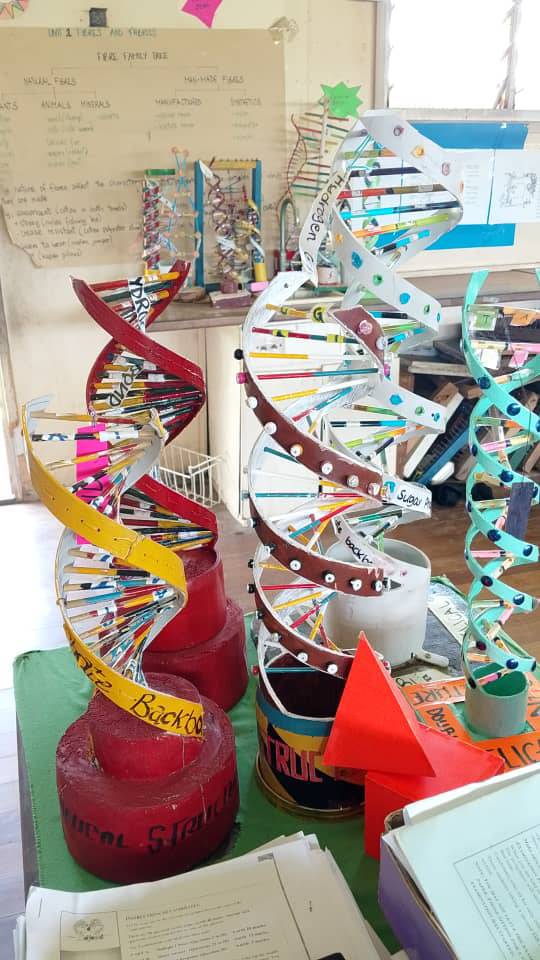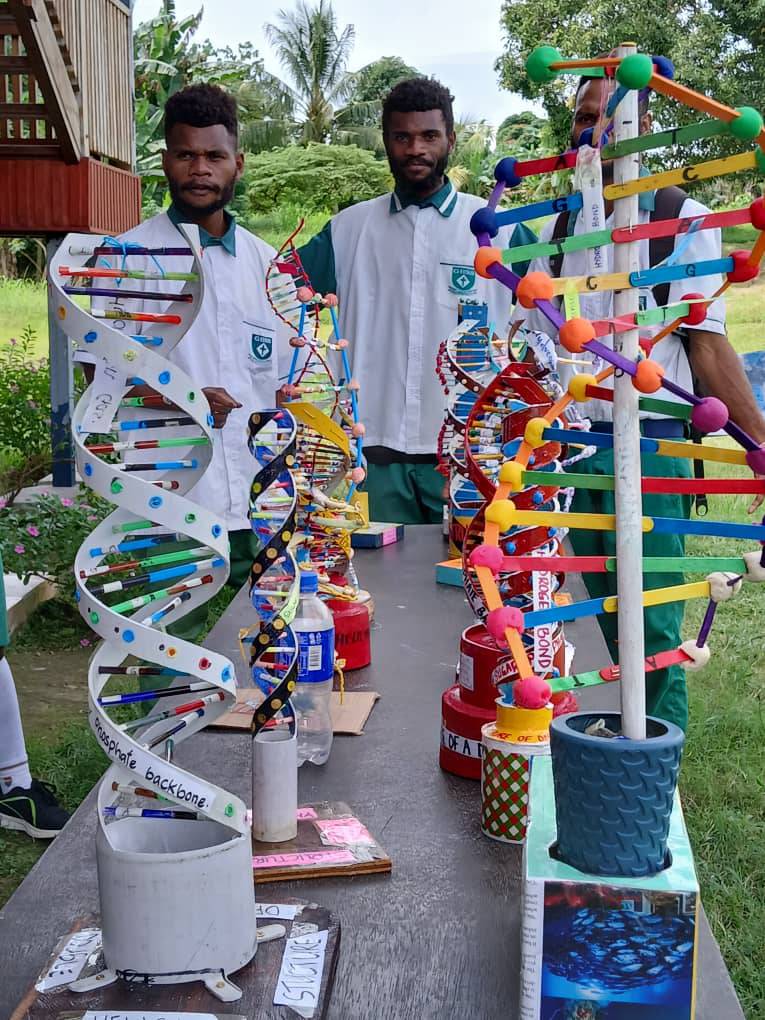Physics Project: Wind Turbine Water Pump
A commitment to innovation and sustainability
The Wind Turbine Water Pump is an example of innovation and sustainability project is explained below

Our project is a wind turbine-powered water pump designed to provide clean water to rural communities using renewable energy. Inspired by the challenges faced in remote areas of Papua New Guinea, where access to water and electricity is limited, we aimed to create a sustainable solution that harnesses wind power—a free and abundant resource. The turbine converts wind energy into mechanical motion, driving a pump that lifts groundwater to the surface for domestic, agricultural, or sanitation use. This innovation integrates physics, engineering, and environmental science, making it a powerful STEM learning experience. It promotes sustainability by reducing reliance on fossil fuels, supports community development by improving water access, and encourages entrepreneurship through local fabrication and maintenance. By combining STEM with real-world impact, our prototype empowers students to become problem-solvers and change-makers in their communities, aligning with the exhibition themes of Sustainability and Community, Entrepreneurship and Innovation, and STEM for Impact.
Strand: Grade 11 Physical science
Units as follows:
1. Kinematics
2. Work energy and power
3. Force and motion
| Unit | Topic | Content Standard | Benchmark |
| Kinematics | Characteristics of motion | 11.2.1 | 11.2.1.1 |
| Force and motion | Force | 11.2.2 | 11.2.2.1 |
| Work, energy, and power | Work | 11.2.3 | 11.2.3.1 |
Work, energy, and power | Work and energy | 11.2.3 | 11.2.3.2 |
| Work, energy, and power | Simple machines | 11.2.3 | 11.2.3.2 |
This STEM project was done by Grade 11 Physics students at George Brown Secondary School. Their Physics teacher, Mr. Malcolm Auro is currently taking the STEM Education course.
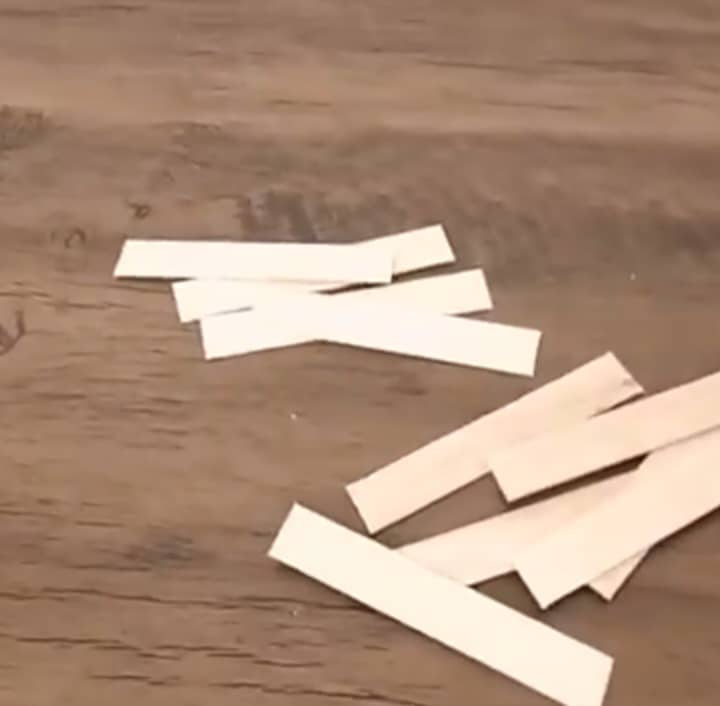
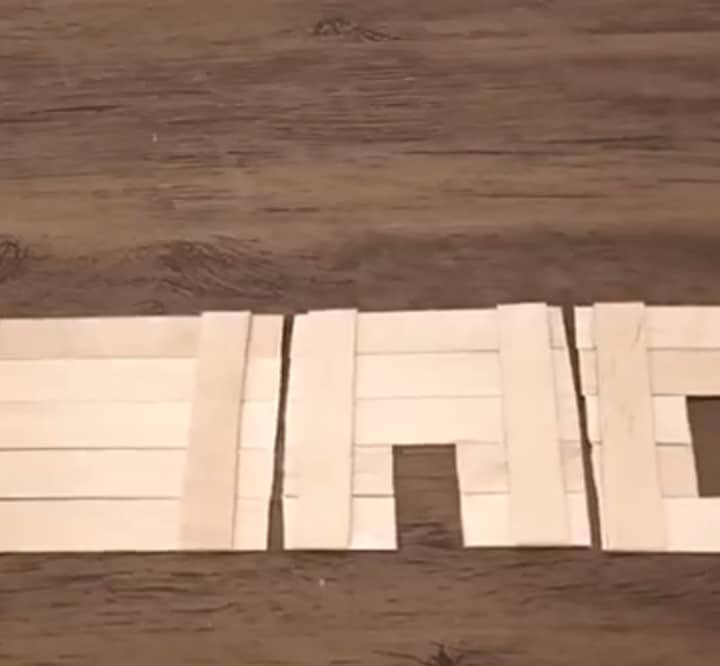


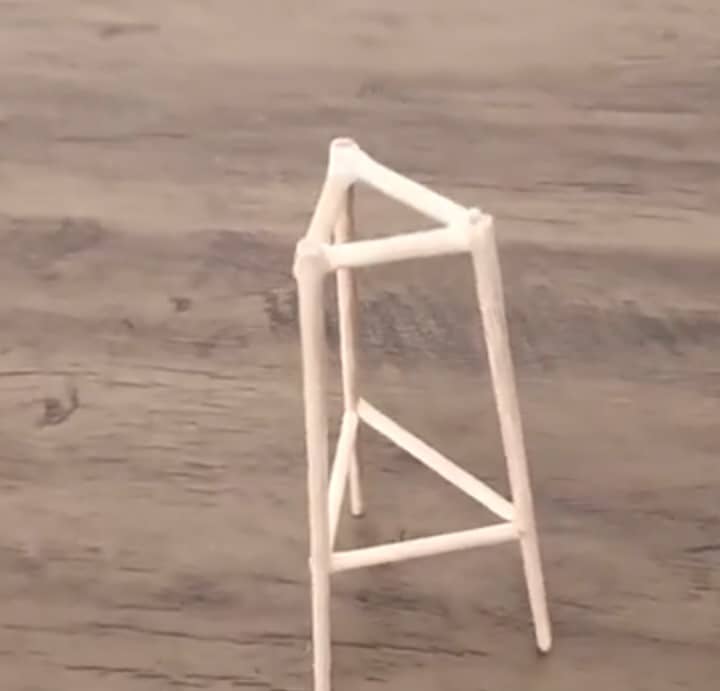




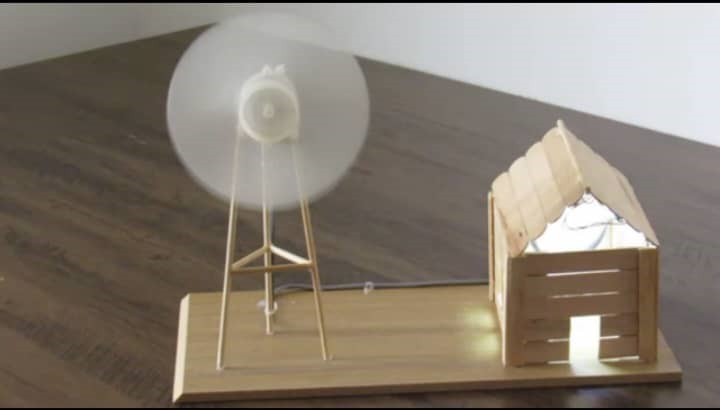
Biology Project: Constructing a Double Helical Structure of DNA
DNA has a special shape called a double helix, which looks like a twisted ladder. This spiral structure helps DNA store and protect genetic information inside cells. Therefore, the purpose of the design of the Double Helical Structure of DNA model can help us see this structure more clearly and understand how DNA functions.
This DNA Double Helix model offers a detailed and accurate representation of one of the most iconic structures in biology. If you are passionate about molecular biology, this model brings the complex beauty of DNA to life. The model is a fantastic way to visualize the double helix structure.
This Double Helical Structure of DNA model captures the intricate spirals and base pairings that make up the DNA molecule. This DNA Double Helix model serves as both an educational tool and a visually captivating piece of art for anyone with an interest in genetics, molecular biology, or biochemistry. The model can be printed in different colors to represent the various nucleotide base pairs or simply in a single tone to emphasize the structure.
This STEM project was done by Grade 12 Biology students at George Brown Secondary School. Their biology teacher, Ms. Naomi Paul is currently taking the STEM Education course.
